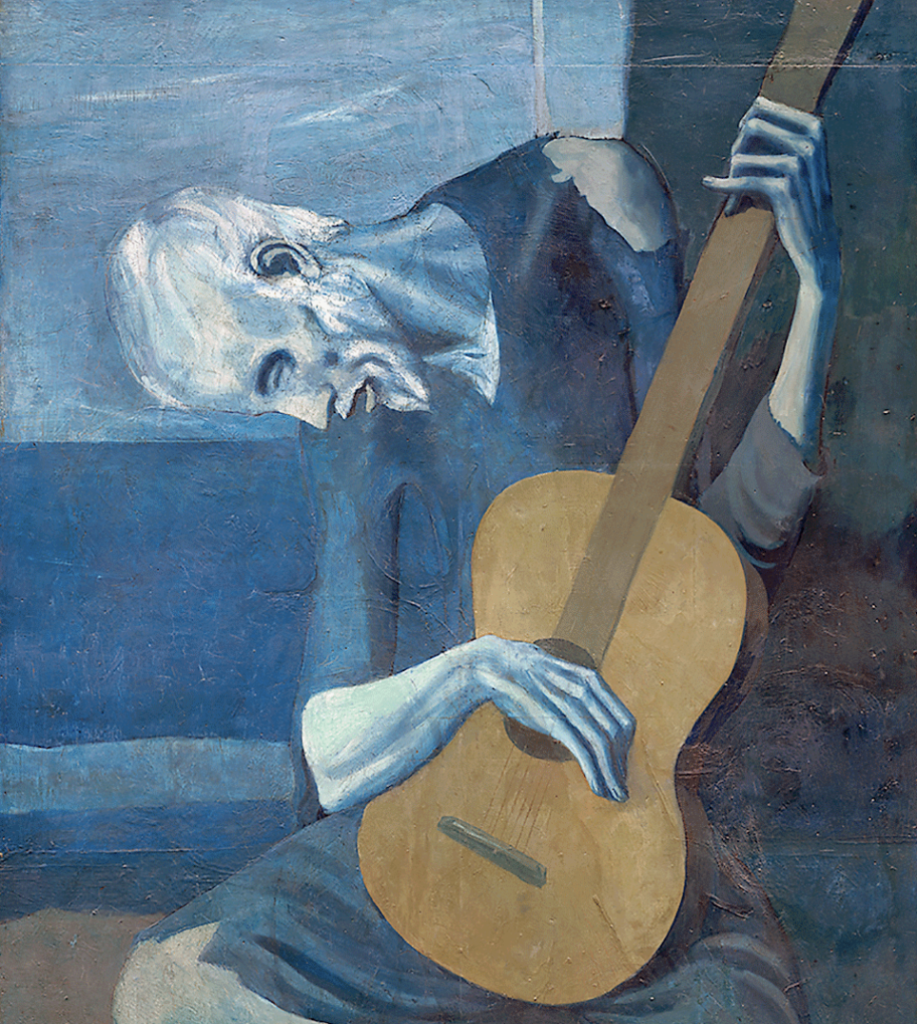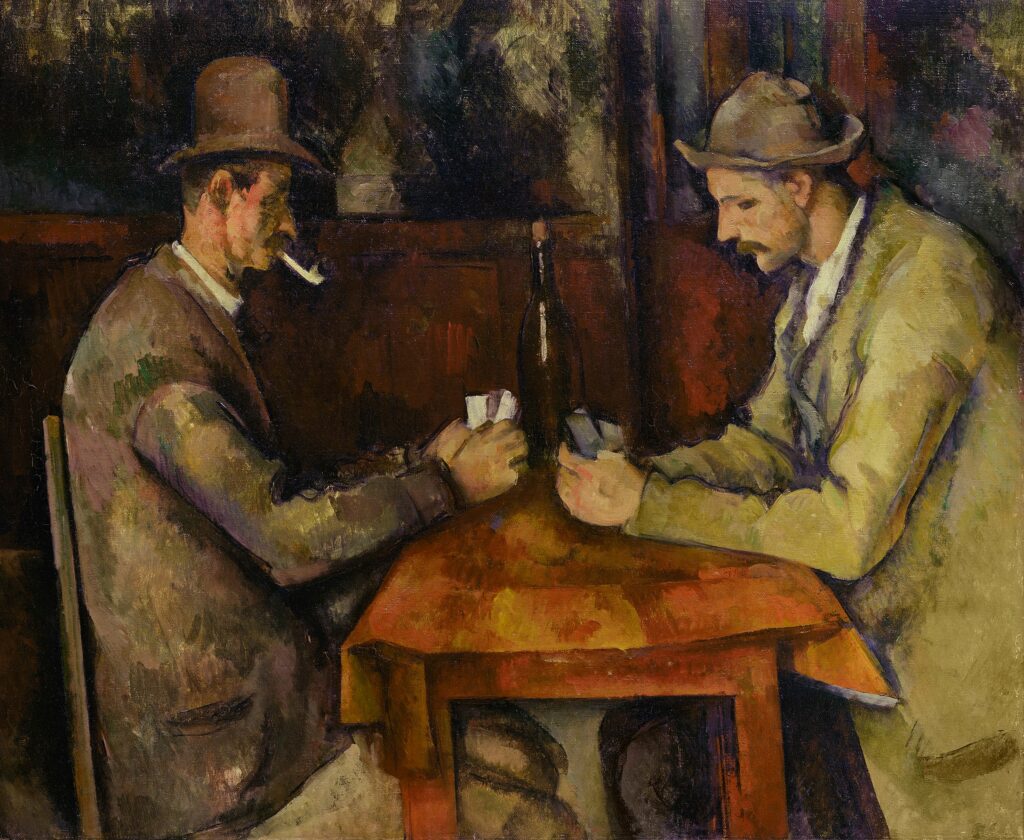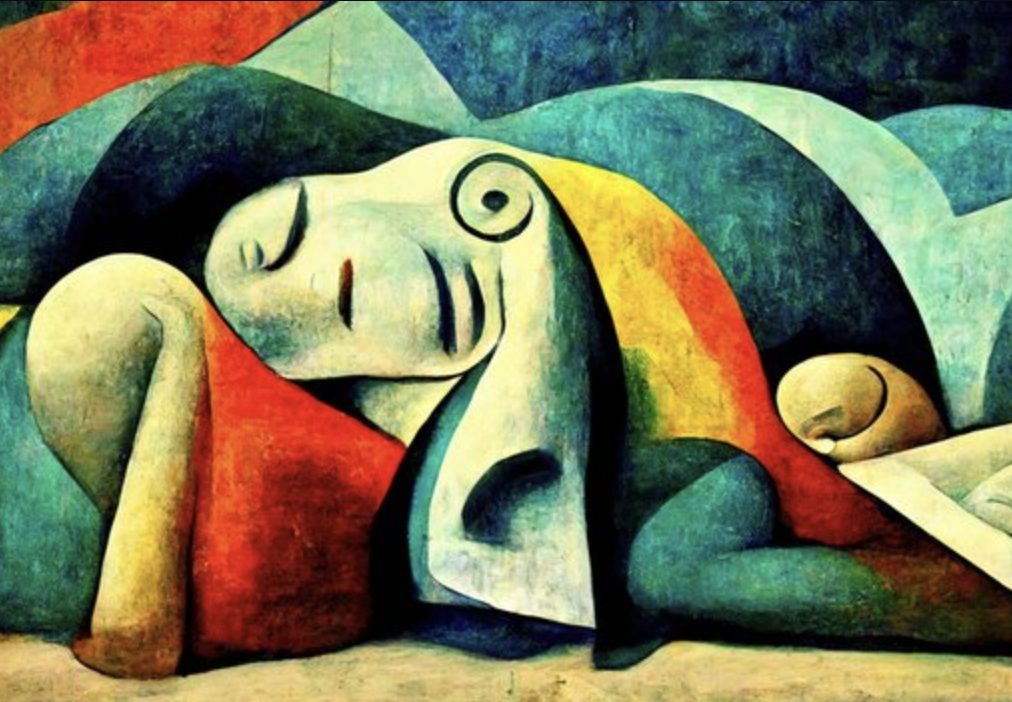Art is a form of expression that has been present throughout human history. It encompasses a wide range of mediums and styles, from painting and sculpture to performance art and digital art. Art is often considered a valuable and important aspect of culture and society, and many people believe that it should be preserved and celebrated. However, in contemporary times, art has also become a commodity, meaning it can be bought and sold in the marketplace like any other product. This has raised questions about the true nature and value of art. Is it primarily a means of self-expression and cultural enrichment, or is it simply a product to be bought and sold for profit?On the one hand, the commodification of art has led to greater exposure and accessibility for many artists, as well as increased revenue for galleries and auction houses. On the other hand, some argue that this focus on profit has led to a homogenization of the art world, where only certain types of art that are considered profitable are given attention, while other forms of art are marginalized or ignored. Is art a commodity?
Why art could be seen as a commodity?
Art can be seen as a commodity because it is bought and sold on the market like any other product. The value of art can be influenced by factors such as the artist’s reputation, the quality of the work, its rarity, and its historical significance.
Here are some examples of art being bought and sold as a commodity:
- Auctions: Artworks are often sold at auction houses such as Christie’s or Sotheby’s, where collectors bid against each other to purchase a piece. The price can be influenced by the popularity of the artist and the rarity of the work.
- Art fairs: Art fairs are events where galleries and dealers come together to sell works of art. These fairs can attract collectors from around the world, and prices can be high for in-demand pieces.
- Private sales: Art can also be bought and sold through private sales, where collectors and dealers negotiate directly with each other. These sales can be more discreet than auctions or fairs, but they can still command high prices.
- Investment: Some collectors view art as an investment, buying pieces with the expectation that they will increase in value over time. This can create a market for emerging artists whose work may not yet be well-known but is considered to have potential.
Overall, the market for art is driven by supply and demand, and the value of a work can fluctuate based on a variety of factors. This makes art a commodity that can be bought and sold like any other asset.

Why art could not be seen as one?
Art could be not considered as a commodity because it can serve a purpose beyond just its monetary value. While art may be bought and sold in the market, its value can also be measured in terms of its cultural, historical, or social significance. Here are some examples of how art can be more than just a commodity:
- Public art: Art that is created for public spaces, such as murals, sculptures, or installations, can serve a community or civic purpose. Public art can be used to beautify a city, raise awareness of social or environmental issues, or celebrate a community’s heritage.
- Art therapy: Art can be used as a therapeutic tool to help individuals express themselves and process difficult emotions. In this context, the value of the art is in its ability to facilitate healing and personal growth, rather than its market value.
- Art education: Art can be used as a tool for education, helping individuals develop creative thinking skills, learn about different cultures, or explore complex ideas. In this context, the value of the art is in its ability to enrich the lives of those who engage with it, rather than its market value.
- Community art projects: Art can be used as a way to bring communities together and foster a sense of collaboration and civic engagement. Community art projects, such as public murals or neighborhood installations, can help build relationships and create a sense of shared purpose.
In these contexts, the value of art is not necessarily tied to its monetary worth, but rather its ability to serve a larger purpose beyond the market. This highlights the diversity of ways in which art can be meaningful and impactful, beyond just its potential to be bought and sold.
Conclude on art as a commodity
Art has been a subject of debate among economists, collectors, and art lovers for many years. One of the main questions is whether art can be considered a commodity. While many argue that art is a unique and priceless form of expression, others view it as a marketable product that can be bought and sold like any other good. In this article, we will explore the idea of art as a commodity by examining some famous paintings that have been sold for significant amounts of money.
One of the most expensive paintings ever sold is the “Salvator Mundi” by Leonardo da Vinci. In 2017, the painting was sold for $450 million at an auction at Christie’s in New York. The sale made headlines around the world and sparked a discussion about the value of art. While some argued that the price was too high for a painting, others saw it as a worthwhile investment. Regardless of the opinions, the sale of “Salvator Mundi” is a clear example of how art can be viewed as a commodity.

Another famous painting that has been sold for a significant amount of money is “The Card Players” by Paul Cézanne. The painting was sold for $250 million in 2011, making it one of the most expensive paintings ever sold. The sale of “The Card Players” is significant because it shows that the value of art can be based on more than just aesthetics. The painting’s rarity, historical significance, and the artist’s reputation all contribute to its high value. This demonstrates how art can be viewed as a commodity, with buyers and collectors seeking to invest in pieces that have the potential for appreciation in value. So is art a commodity?
While some argue that art cannot be viewed as a commodity, these examples show that the market for art operates in the same way as other markets. Prices are determined by supply and demand, and buyers and sellers negotiate based on their perceived value of the artwork. Additionally, the investment potential of art makes it similar to other commodities, such as gold or real estate. Art collectors and investors seek out pieces that have the potential for appreciation in value, making art an attractive investment opportunity.
However, there are also arguments against viewing art as a commodity. Some argue that art has an intrinsic value that cannot be measured by market prices. Art can evoke emotions, inspire, and challenge our perceptions of the world, making it more than just a product for sale. Additionally, the idea of treating art as a commodity can lead to the commodification of culture, where the value of art is reduced to its market price, and the cultural significance is lost.
